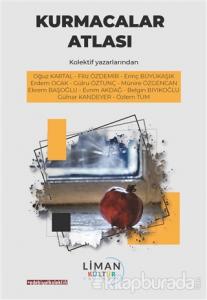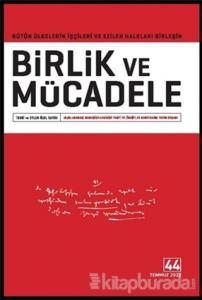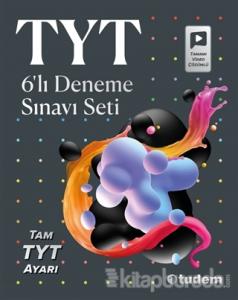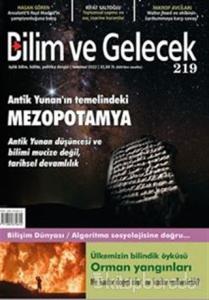Teknik Bilgiler
Stok Kodu
9783822863251
Boyut
185-235
Sayfa Sayısı
96
Basım Yeri
İstanbul
Baskı
1
Basım Tarihi
2011-12
Kapak Türü
Karton
Kağıt Türü
2.Hamur
Dili
İngilizce
9783822863251
505715

https://www.kitapburada.com/kitap/turner
Turner
29.75
The innocence of the eye
As a blind person would see the world if the gift of sight suddenly returned - so might one describe the effect of Turner's paintings on the observer. John Ruskin, the uncompromising nineteenth-century defender of the painting of William Turner (1775-1851) spoke of the 'innocence of the eye', which perceived the colours and forms of the world before it recognized their significance.
But in order to develop such a style, Turner first had to overcome the entire legacy of late rococo academic teachings. He was simultaneously a romantic and a realist - and yet he was neither. His landscapes, far in advance of their time, have been called forerunners of Impressionism, but they also possess traits that influenced Expressionism, and many of his late compositions are thoroughly surrealistic.
In reality, Turner's art cannot be comprehended by such classifications: its essence remains a riddle to art history even today. For his work arises from a unique relation to the nature that it depicts: through his brilliant sketches, he found his way already in the 19th century to a rigorously open kind of painting in which nature sets free the use of colour. And through the workings of the natural elements - especially atmospheric light - Turner confronted nature at the point where nature itself is an image.
This book provides the understandings necessary to open up Turner's paintings for the eye, demonstrating that Turner was not simply illustrating nature, but that his pictures speak directly to the eye as nature does itself - through a world of light and colour.
As a blind person would see the world if the gift of sight suddenly returned - so might one describe the effect of Turner's paintings on the observer. John Ruskin, the uncompromising nineteenth-century defender of the painting of William Turner (1775-1851) spoke of the 'innocence of the eye', which perceived the colours and forms of the world before it recognized their significance.
But in order to develop such a style, Turner first had to overcome the entire legacy of late rococo academic teachings. He was simultaneously a romantic and a realist - and yet he was neither. His landscapes, far in advance of their time, have been called forerunners of Impressionism, but they also possess traits that influenced Expressionism, and many of his late compositions are thoroughly surrealistic.
In reality, Turner's art cannot be comprehended by such classifications: its essence remains a riddle to art history even today. For his work arises from a unique relation to the nature that it depicts: through his brilliant sketches, he found his way already in the 19th century to a rigorously open kind of painting in which nature sets free the use of colour. And through the workings of the natural elements - especially atmospheric light - Turner confronted nature at the point where nature itself is an image.
This book provides the understandings necessary to open up Turner's paintings for the eye, demonstrating that Turner was not simply illustrating nature, but that his pictures speak directly to the eye as nature does itself - through a world of light and colour.
- Açıklama
- The innocence of the eye
As a blind person would see the world if the gift of sight suddenly returned - so might one describe the effect of Turner's paintings on the observer. John Ruskin, the uncompromising nineteenth-century defender of the painting of William Turner (1775-1851) spoke of the 'innocence of the eye', which perceived the colours and forms of the world before it recognized their significance.
But in order to develop such a style, Turner first had to overcome the entire legacy of late rococo academic teachings. He was simultaneously a romantic and a realist - and yet he was neither. His landscapes, far in advance of their time, have been called forerunners of Impressionism, but they also possess traits that influenced Expressionism, and many of his late compositions are thoroughly surrealistic.
In reality, Turner's art cannot be comprehended by such classifications: its essence remains a riddle to art history even today. For his work arises from a unique relation to the nature that it depicts: through his brilliant sketches, he found his way already in the 19th century to a rigorously open kind of painting in which nature sets free the use of colour. And through the workings of the natural elements - especially atmospheric light - Turner confronted nature at the point where nature itself is an image.
This book provides the understandings necessary to open up Turner's paintings for the eye, demonstrating that Turner was not simply illustrating nature, but that his pictures speak directly to the eye as nature does itself - through a world of light and colour.
- Yorumlar
- Yorum yazBu kitaba henüz kimse yorum yapmamıştır.








